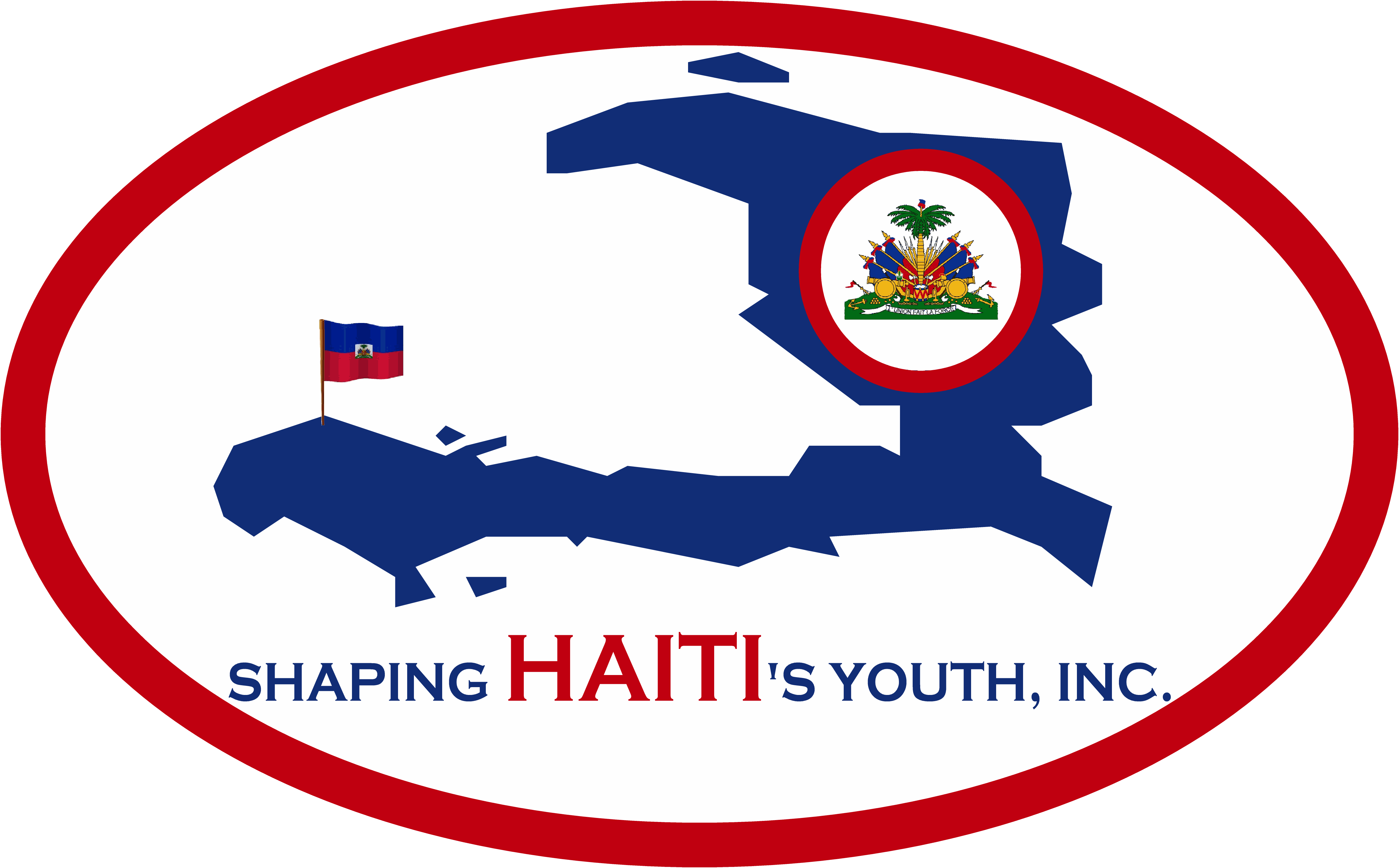Don't be SHY about lending a hand.
Don't be SHY about getting involved.

Our Strategy
To carry out the ambitious philosophy of implementing credible educational, cultural and sports institutions, the first step is to develop the infrastructures for these programs. As such, the purchase of land and the construction of adequate facilities (schools, centers, cultural and sports venues, dormitories) becomes the first leg of the journey. Thereafter, the coordination and management of these facilities should serve as an example to denizens of surrounding areas, where they can be upgraded to higher living standards. Then finally, as adjacent neighborhoods are improved, the young, driven, dynamic Haitians can be trained to take over the new infrastructures. It's not city "building", but rather city "upgrading".
With myriad problems in a poor country like Haiti, particularly after the January 12 With myriad problems in a poor country like Haiti, particularly after the January 12 earthquake, an urbanization strategy must focus on a largely untapped area of a country that is by many estimates one of the 25 most densely populated countries in the world. As such, the Haitian city of Jeremie presents a wealth of potential and opportunities for Haiti's future. Jeremie (Jeremi in Kréyòl) is the capital city of the department of Grand'Anse, in the south west of Haiti, with a population of about 31,000 (2003 census). However, due to the massive displacement of people in the aftermath of the January 12, 2010 earthquake, some report the population of Jeremie to be as much as 80,000 in 2011. The city has an airport, Jeremie Airport. The Jeremie Airport (IATA Code: JEE, ICAO Code: MTJE) is the fifth most important airport in Haiti in passenger traffic and is located about two miles from Downtown Jeremie.
Jeremie is the state capital residing the furthest from the now dangerous fault lines underneath the Haitian land surface. Should a tragic event like the 1/12/10 earthquake occur again, Jeremie will be presented with the opportunity to provide a home for the displaced, while serving as a safe logistics annex for relief efforts. Jeremie already has a serviceable airport and a wharf: the development and expansions of these two hubs would not only profit Jeremie and the Grand'Anse Department, but the entire country as well. In addition, the surrounding areas of Jeremie are largely underdeveloped but already have the natural resources (land, wind, ocean, high-current rivers) necessary for the buildup of utilities such as serviceable water and power.